In the race against extinction, captive breeding programs represent a critical lifeline for many endangered bird species. These initiatives aim to establish self-sustaining populations in controlled environments, ultimately working toward reintroduction into the wild. However, conservation biologists frequently encounter a perplexing challenge: many endangered birds stubbornly refuse to reproduce in captivity, despite meticulous care and optimal conditions. This reluctance creates significant obstacles for conservation efforts and raises important questions about our understanding of avian behavior, psychology, and biological needs. The complex interplay between environmental factors, social dynamics, stress responses, and evolutionary adaptations creates a fascinating yet frustrating puzzle that scientists continue to unravel in their quest to prevent the permanent loss of these remarkable species.
The Complexity of Natural Breeding Behaviors

Wild birds often engage in elaborate courtship rituals that have evolved over thousands of generations and are precisely attuned to specific environmental cues and social contexts. These behaviors frequently involve intricate sequences of movements, vocalizations, and environmental interactions that may be impossible to replicate fully in captive settings. For instance, the critically endangered Spix’s Macaw performed complex aerial displays and nest-site inspections as part of its natural courtship, behaviors that required vast spaces and specific tree species absent in most aviaries. Many endangered species rely on community dynamics where successful breeding results from observing and interacting with multiple potential mates or even other successful breeding pairs, creating social learning opportunities that are difficult to recreate with limited captive populations. The timing and progression of these behaviors often follow subtle seasonal changes in day length, temperature patterns, food availability, and vegetation cycles that artificial environments struggle to mimic with sufficient accuracy.
Stress Factors in Captive Environments
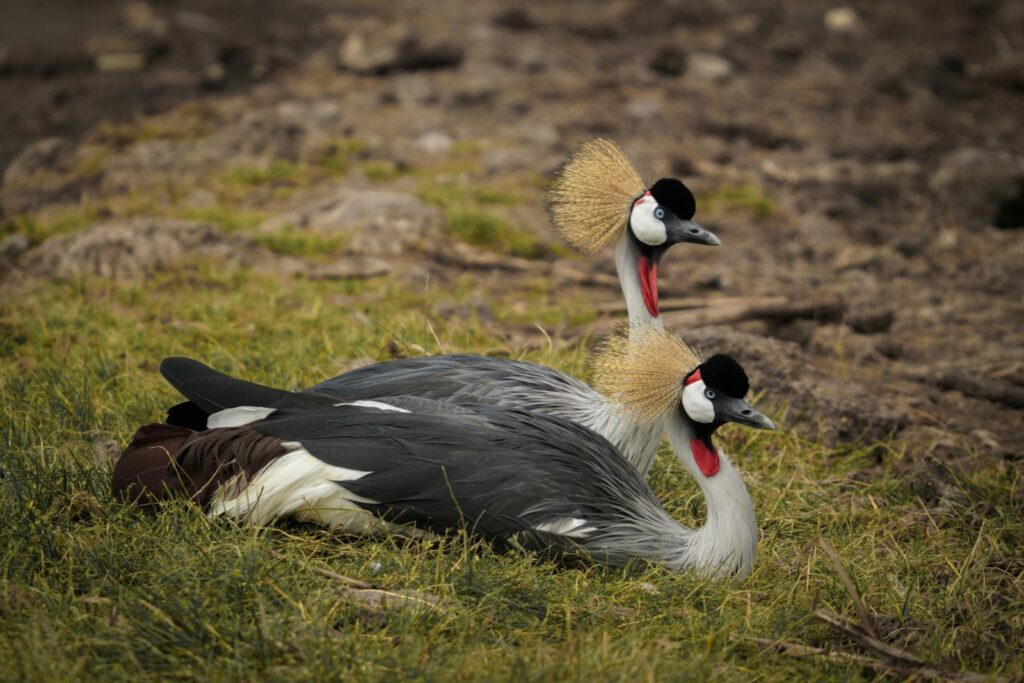
Captivity inherently introduces numerous stressors that can profoundly disrupt reproductive behaviors and physiological processes in endangered birds. The confined space of enclosures, regardless of how well-designed, restricts natural movement patterns and flight behaviors that would normally help birds regulate stress and maintain physical condition essential for breeding. Proximity to humans, unfamiliar sounds, artificial lighting, and the presence of predator species (even just their scents or sounds) can trigger chronic stress responses that suppress reproductive hormones. Research has demonstrated that chronically elevated cortisol levels directly interfere with reproductive physiology, reducing fertility and breeding motivation even when birds appear otherwise healthy. Some species, particularly those that evolved in isolated habitats with few natural predators, such as many island endemics, show extreme sensitivity to novel environmental stressors, making them especially challenging breeding candidates in artificial settings.
Nutritional Challenges and Dietary Requirements
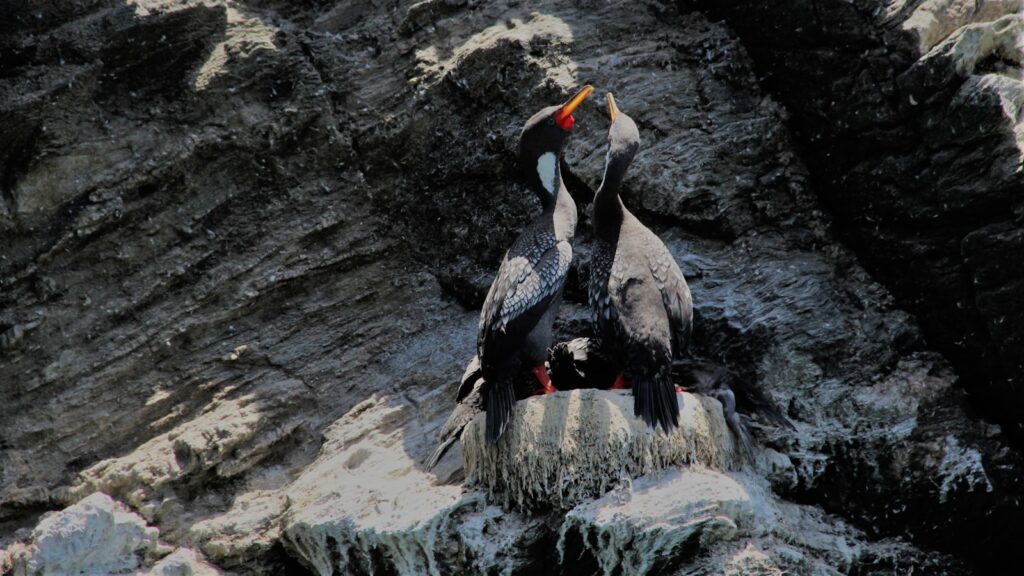
The precise nutritional needs of many endangered bird species remain poorly understood, creating significant barriers to successful captive breeding programs. Wild birds often consume remarkably diverse diets that change seasonally and include items with specific phytochemicals, vitamins, minerals, and amino acids that trigger or support reproductive processes. For example, the California Condor requires certain calcium sources and specific nutritional profiles that were initially overlooked in early captive breeding attempts. Some birds require particular pre-breeding dietary shifts that signal the appropriate season for reproduction, such as increased protein intake or specific seasonal fruits that contain compounds stimulating hormone production. Research increasingly suggests that gut microbiomes play crucial roles in avian health and reproduction, yet captive diets often fail to support the complex microbial communities that exist in wild birds’ digestive systems. Even when nutritionists attempt to recreate natural diets, the nutritional content of commercially grown or prepared foods may lack critical micronutrients found in wild food sources, creating subtle but significant deficiencies that impact fertility.
Social Structure Disruptions
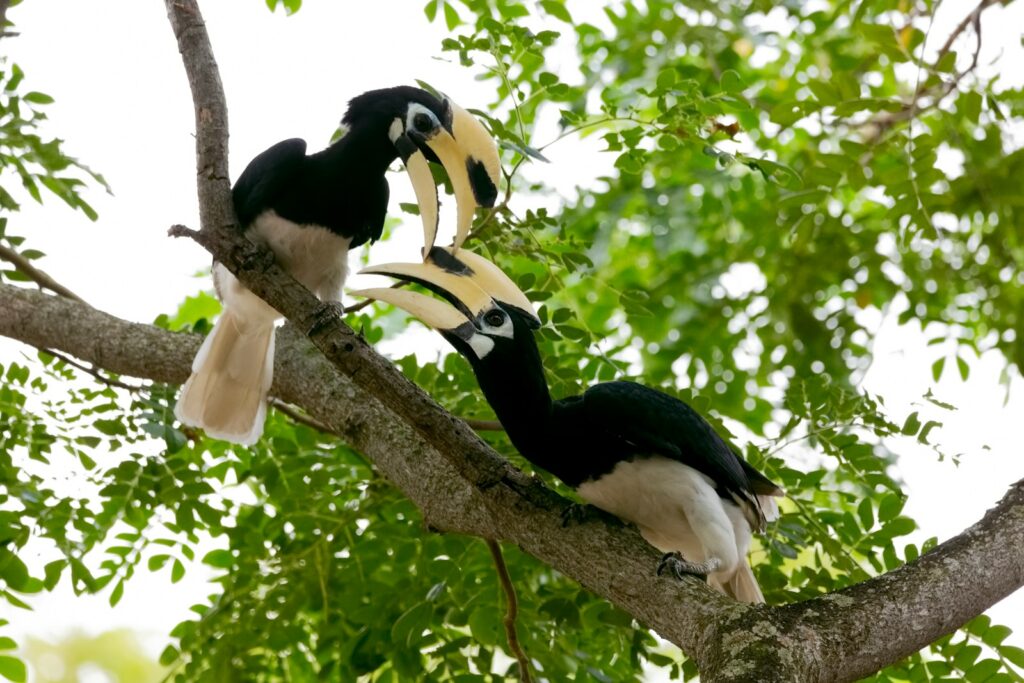
Many endangered bird species evolved complex social structures that significantly influence breeding success but are frequently disrupted in captivity. Colonial nesting species like the critically endangered Sociable Weaver require large community groups that collectively construct massive communal nests, with breeding success strongly tied to position within these colonies and group dynamics that cannot be replicated with just a few pairs. Species with complex hierarchical social systems may require the presence of appropriate dominance structures and sufficient population sizes to trigger natural breeding behaviors. Birds with cooperative breeding systems, such as the Florida Scrub-Jay, depend on the presence of non-breeding helper birds (often offspring from previous years) to successfully raise young, creating multi-generational family units that captive programs struggle to establish. The artificial pairing of birds based on genetic considerations rather than natural selection and mate choice can result in behaviorally incompatible pairs that fail to develop the strong pair bonds necessary for successful reproduction.
Environmental Cues and Breeding Triggers
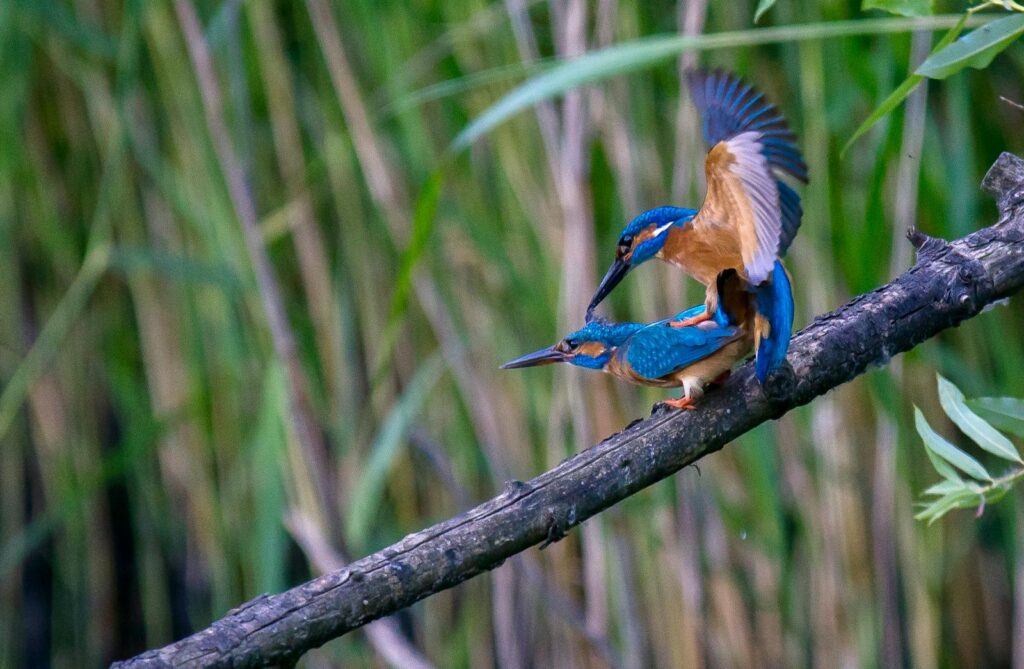
Successful reproduction in many bird species depends on precise environmental cues that signal appropriate breeding timing, many of which are absent or distorted in captive settings. Photoperiod—the changing length of daylight hours throughout the year—represents one of the most powerful breeding triggers for many species, yet artificial lighting rarely replicates the subtle daily changes in light duration, intensity, and spectral composition that occur naturally. Seasonal temperature fluctuations, including specific patterns of warming and cooling rather than just absolute temperatures, often serve as critical breeding triggers that standard climate-controlled facilities fail to reproduce accurately. Some species require specific rainfall patterns, atmospheric pressure changes, or even electromagnetic field variations associated with weather systems to initiate breeding behaviors. Remarkably specialized triggers exist in certain species, such as the Red-cockaded Woodpecker, which shows increased breeding activity following natural forest fires, a phenomenon difficult to simulate safely in captive environments without causing undue stress.
Nest Site Requirements and Materials
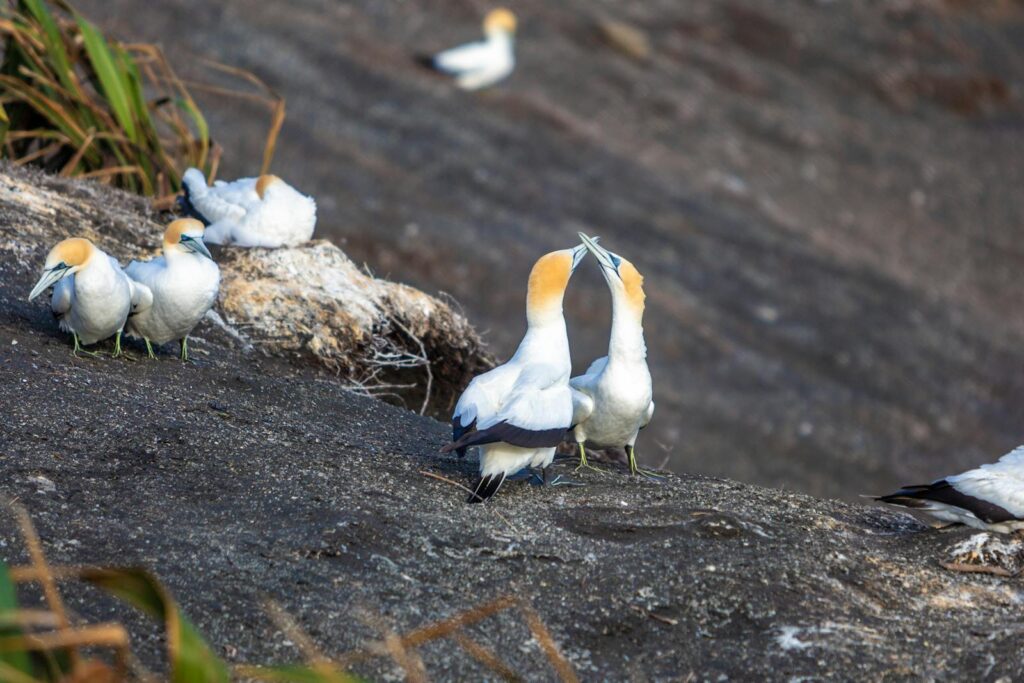
The availability of appropriate nesting sites and materials represents a frequently overlooked yet critical factor in captive breeding success for many endangered birds. Highly specialized nest-building species may require specific types of vegetation, mud consistencies, or other natural materials that are difficult to source or maintain in captivity while still retaining their essential properties. Cavity-nesting species often have precise requirements regarding entrance hole dimensions, cavity depth, wall thickness, and even the age and species of trees they will accept as suitable nesting locations. The microclimatic conditions within nest sites—including humidity levels, temperature gradients, and ventilation characteristics—may need to meet highly specific parameters that artificial nest boxes or constructed environments struggle to recreate. Some species, particularly seabirds like the endangered Hawaiian Petrel, require extensive pre-breeding site visits and preparation, sometimes visiting potential nest sites for years before actually breeding, a process that artificial environments cannot easily accommodate.
Mate Selection and Compatibility Issues
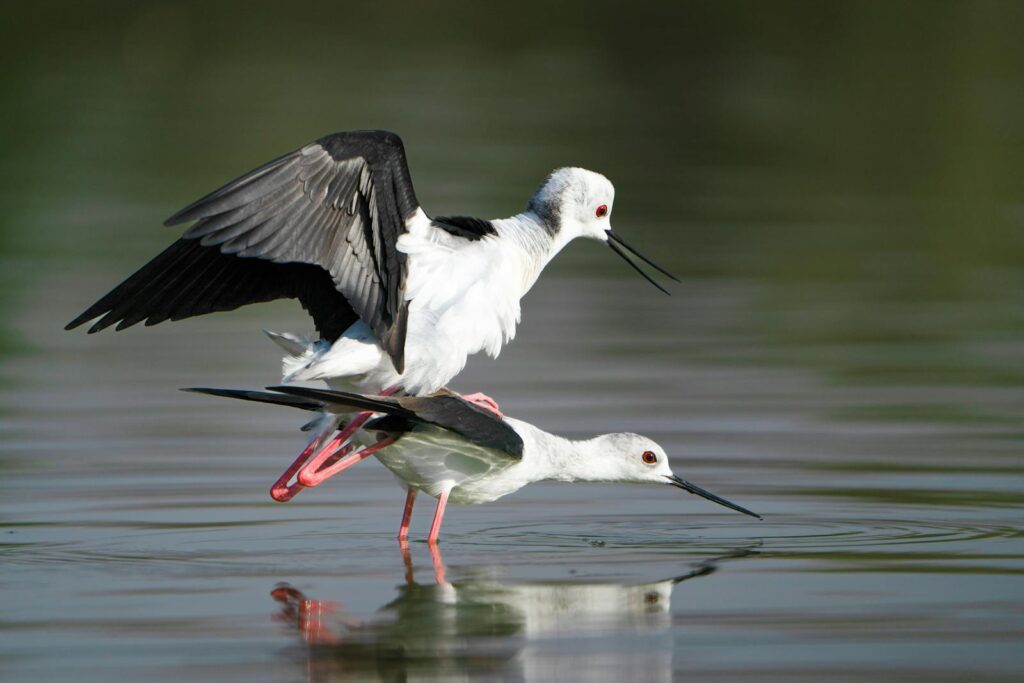
Natural mate selection processes involve complex assessments of genetic quality, health, and behavioral compatibility that captive breeding programs frequently override for genetic management purposes. Birds often evaluate potential mates based on subtle quality indicators such as plumage brightness, symmetry, display performance, and vocalizations that reflect underlying genetic fitness and health status. Many species practice mate selection through comparison among multiple potential partners, a process impossible in typical captive settings where birds are paired based on genetic considerations rather than mutual attraction. Research increasingly demonstrates that females of many species possess cryptic mate choice mechanisms, including the ability to reject sperm from less desirable males even after copulation, mechanisms that remain active even in arranged pairings. Behavioral compatibility between paired birds extends beyond mere tolerance to include complementary parenting styles, synchronized breeding readiness, and compatible communication patterns that genetic management alone cannot predict.
Genetic Factors and Inbreeding Depression
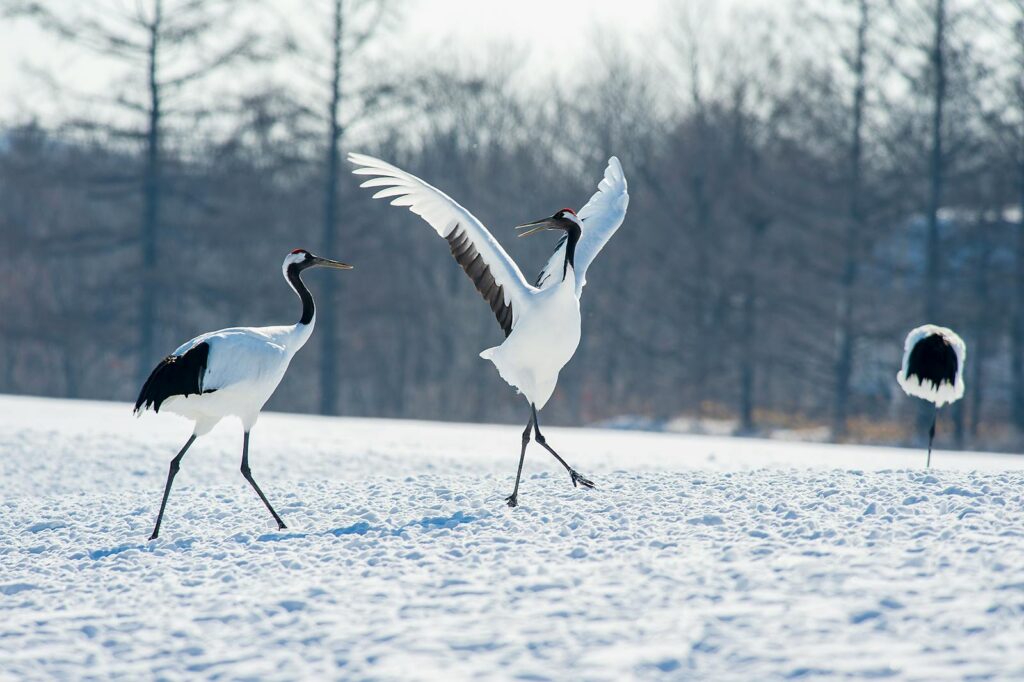
Many endangered bird populations already suffer from limited genetic diversity before entering captive breeding programs, creating challenges that intensify in controlled environments. Small founding populations in captivity create genetic bottlenecks that can rapidly lead to inbreeding depression, reducing fertility, egg viability, and offspring survival despite excellent care. Highly specialized or island-evolved species often already possess naturally low genetic diversity, making them particularly vulnerable to reproductive difficulties when further genetic options become limited in captivity. Research indicates that some bird species have evolved mechanisms to recognize and avoid mating with close genetic relatives, potentially causing rejection of assigned mates in captive breeding situations where few unrelated individuals exist. The accumulation of deleterious recessive alleles in small populations can manifest as subtle developmental issues affecting reproductive physiology even before obvious physical abnormalities become apparent, creating “invisible” fertility barriers.
Hormonal Disruptions and Endocrine Challenges
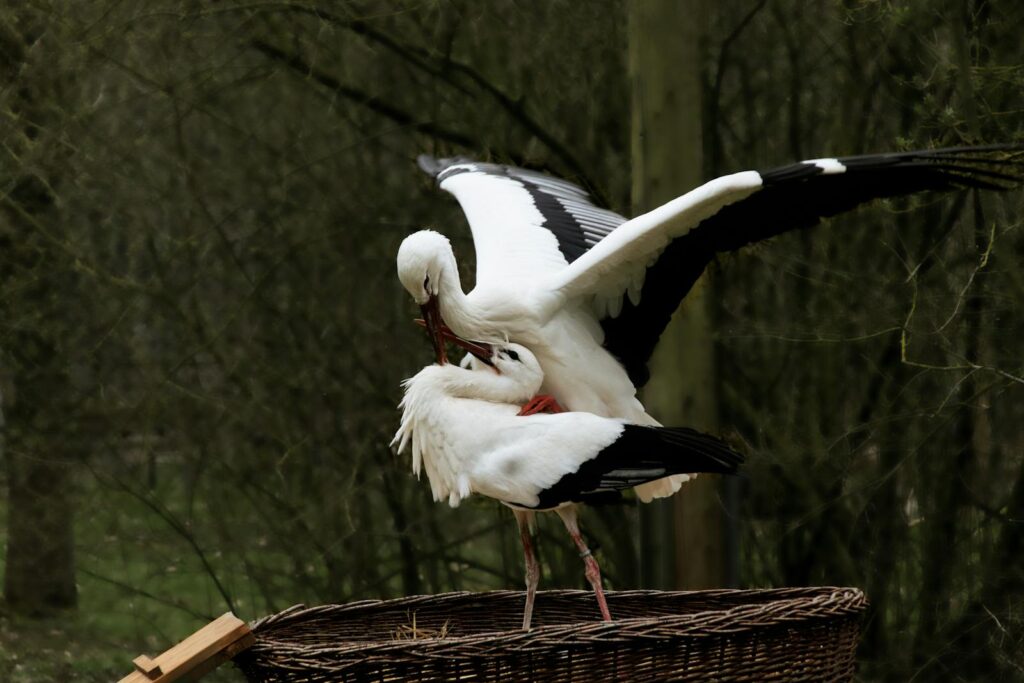
The delicate hormonal systems that regulate avian reproduction can be easily disrupted by numerous factors present in captive environments. Artificial lighting, particularly constant indoor illumination or lighting that fails to mimic natural dawn/dusk transitions, can significantly disrupt melatonin production and circadian rhythms critical for regulating reproductive hormones. Environmental contaminants including cleaning agents, pest control substances, and even compounds leaching from some plastics, can act as endocrine disruptors, interfering with hormone production, reception, or metabolism. Psychological stressors trigger increased corticosterone production (the avian equivalent of cortisol), which directly suppresses reproductive hormone pathways even when physical health appears excellent. Some species require specific external stimuli—such as the presence of certain plant compounds, environmental conditions, or social cues—to trigger the cascade of hormonal changes necessary for egg development and laying.
Parenting Behavior Abnormalities
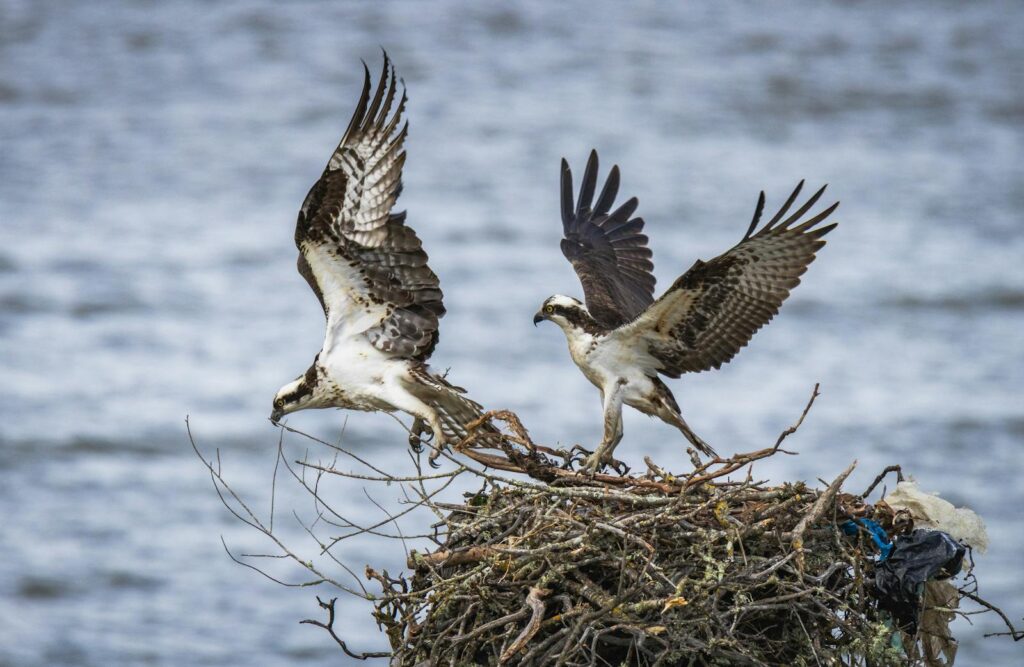
Even when captive birds successfully produce eggs, they may exhibit abnormal parenting behaviors that prevent the successful rearing of chicks, creating another major hurdle for conservation breeding programs. Birds raised in captivity without appropriate role models often lack the skills and behaviors needed for successful incubation, including proper egg-turning frequency, temperature regulation through adjustments in sitting position, and appropriate incubation breaks. Newly hatched chicks may face rejection, inadequate feeding, or even aggression from inexperienced parents who never learned proper chick-rearing behaviors from their own parents or flock members. Species with complex food processing requirements for chicks, such as those that partially digest or specially prepare food before feeding young, may fail to perform these critical behaviors without having observed them during their own development. Artificial incubation and hand-rearing can sometimes address immediate reproduction challenges, but often create birds with their own behavioral abnormalities, perpetuating a cycle of captive breeding difficulties in subsequent generations.
Innovative Approaches to Overcome Breeding Obstacles
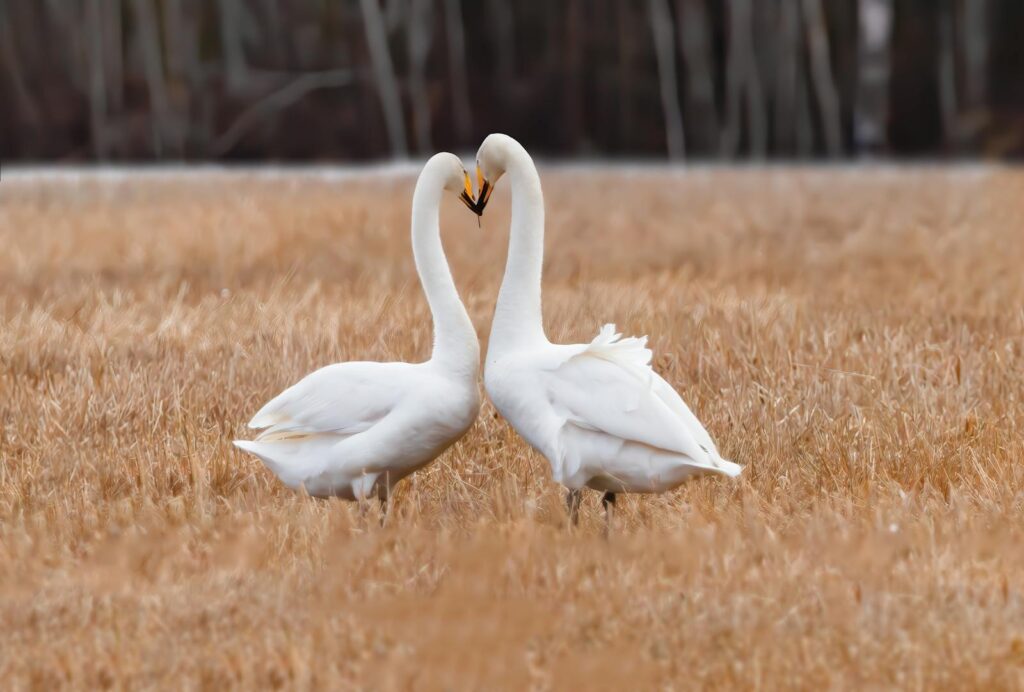
Conservation scientists continue developing creative strategies to address the complex challenges preventing endangered birds from breeding in captivity. Advanced environmental design has evolved to include sophisticated systems that more accurately replicate natural light cycles, seasonal weather patterns, and even simulated ecological events like controlled burns or flooding that may trigger breeding in specialized species. Social management techniques increasingly recognize the importance of flock dynamics, allowing birds to naturally form pair bonds within appropriate social contexts rather than forcing genetically selected pairs together. Some programs successfully implement “mentor” systems where experienced breeding birds or even puppets and audio recordings help demonstrate appropriate courtship, nesting, and chick-rearing behaviors to inexperienced individuals. Technological innovations including hormone monitoring through non-invasive fecal sampling, allow for precise tracking of reproductive readiness without the stress of handling, while artificial insemination techniques continue advancing to overcome behavioral barriers while maintaining genetic diversity.
Success Stories and Lessons Learned
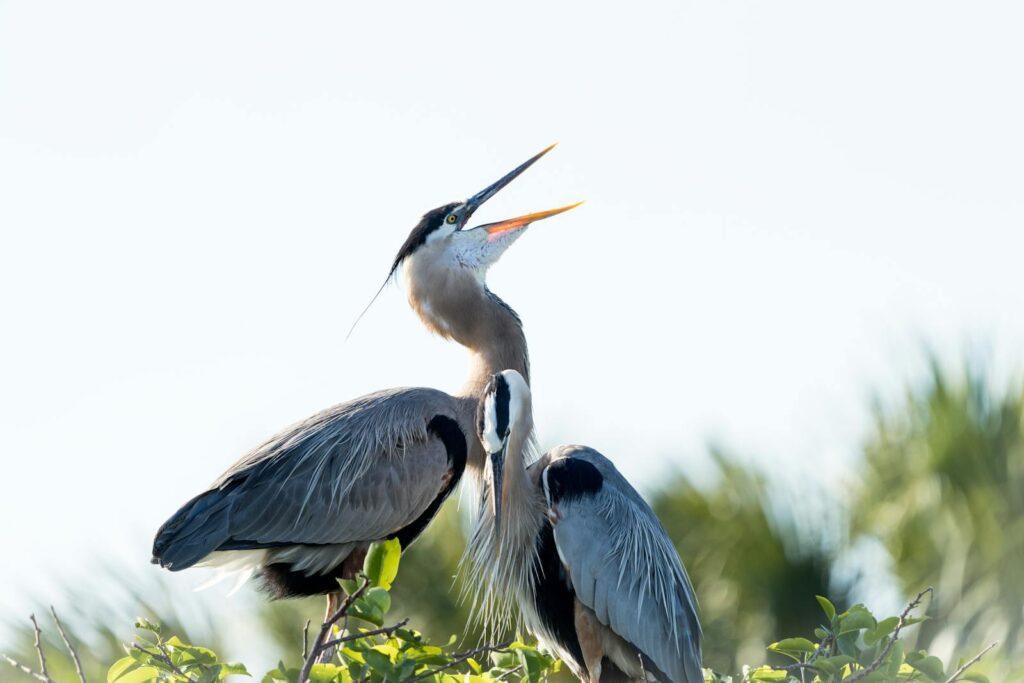
Despite the challenges, conservation breeding programs have achieved remarkable successes with previously “unbreedable” species by applying scientific insights and adaptive management approaches. The California Condor recovery represents one of the most dramatic conservation breeding achievements, succeeding only after researchers identified and addressed specific environmental contaminants, developed appropriate socialization protocols, and created innovative release methods. The Echo Parakeet of Mauritius initially failed to breed in captivity until researchers discovered the critical importance of specific native tree cavities with particular microclimatic conditions, leading to the development of specially designed nest boxes that finally enabled successful reproduction. Whooping Crane recovery incorporated innovative techniques, including captive-rearing (where human handlers disguise themselves to prevent imprinting) and ultralight-led migration training, overcoming multiple behavioral barriers to eventually establish new breeding populations. These success stories share common elements: detailed observation of natural behaviors, willingness to adapt techniques based on results, multi-disciplinary collaboration, and often decades of persistent effort before achieving breakthrough results.
The Future of Conservation Breeding
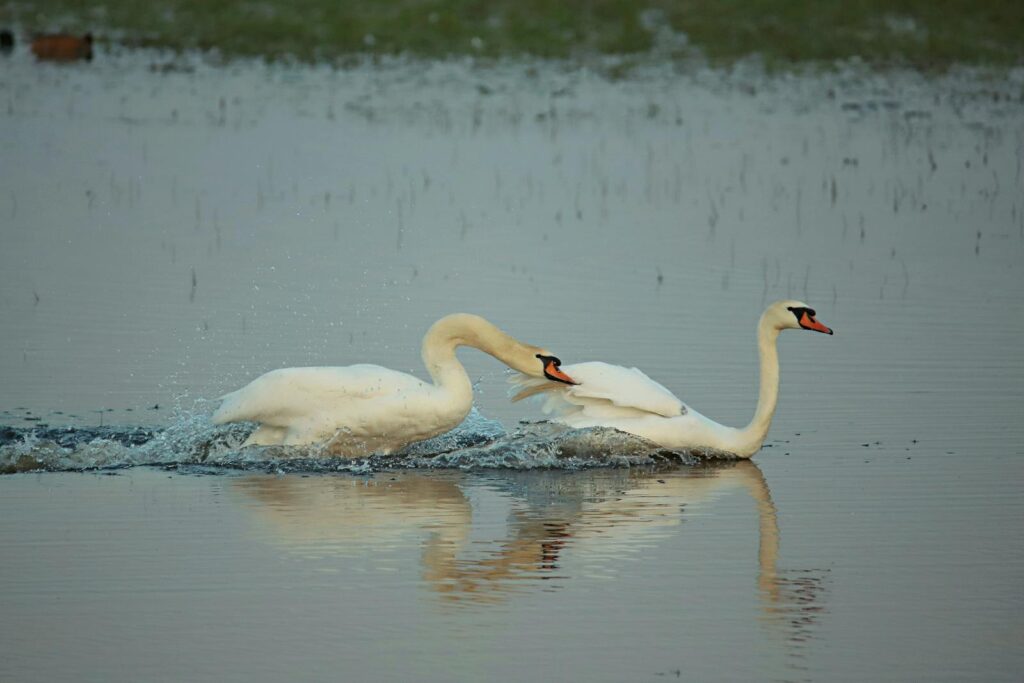
The ongoing challenges of breeding endangered birds in captivity are driving innovations that promise improved outcomes for future conservation efforts. Advanced genomic analysis now allows conservation biologists to better understand genetic compatibility between potential breeding pairs, moving beyond simple relatedness calculations to consider specific genetic regions associated with immune function, fertility, and behavioral compatibility. Environmental reproduction technologies continue advancing, with sophisticated systems that can more precisely simulate complex seasonal changes, weather events, and ecological conditions that trigger breeding in highly specialized species. The growing field of conservation behavior specifically studies how captive environments affect natural behaviors, developing evidence-based modifications to enclosure design, social groupings, and management protocols that better support normal behavioral expression including reproduction. As climate change increasingly threatens wild populations, the lessons learned from overcoming captive breeding obstacles take on new urgency, with successful programs potentially providing insurance populations for species whose native habitats may become unviable in the coming decades.
These breeding challenges underscore the irreplaceable value of natural habitats and the incredible complexity of avian reproductive biology. While captive breeding remains an essential conservation tool, the difficulties encountered remind us that preserving wild spaces where endangered birds can thrive naturally must remain our highest priority. Each breakthrough in understanding why certain species refuse to breed in captivity not only advances immediate conservation goals but also deepens our appreciation for the intricate ecological relationships that evolved over millions of years. As researchers continue to unravel these mysteries, they develop not just better breeding techniques but a more profound understanding of what these remarkable birds truly need to survive and flourish.
